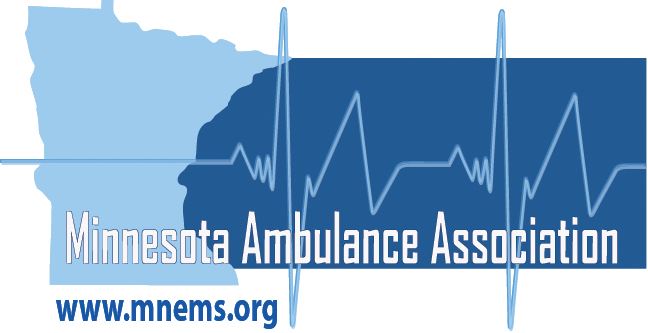- Home
- Advocacy
Legislative Priorities
*Download as a PDF
Who is the Minnesota Ambulance Association?
The Minnesota Ambulance Association proudly stands as the unified voice for EMS across the state, bringing together over 85% of Minnesota's EMS response volume. Our diverse membership comprises both governmental and non-governmental organizations, including Medical Response Units and individual EMS providers.
At MAA, our mission transcends representation; it is a commitment to advancing EMS leadership, shaping impactful policies, and promoting best practices. As stewards of our members' interests, we diligently work to elevate the standards of EMS in Minnesota. Through collaboration and advocacy, we strive to create an environment that fosters innovation, excellence, and continual improvement in EMS services.
